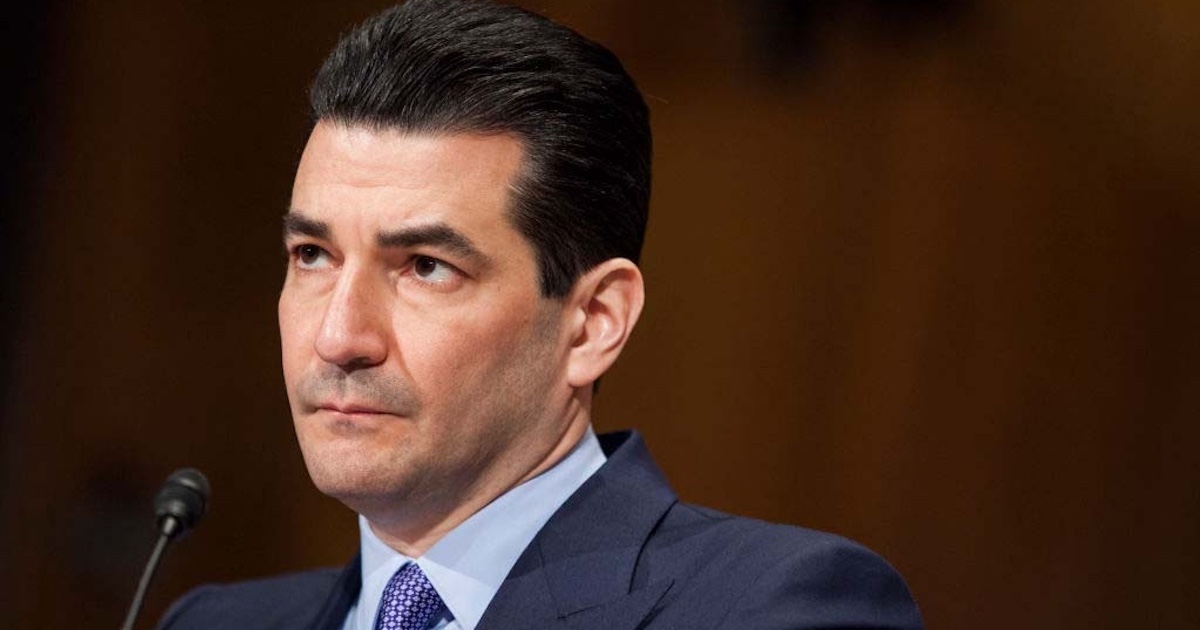A Canadian developer of medical imaging technology is launching a new division devoted to mobile imaging – as well as an app and cloud storage service for clinicians who use their smartphones to take pictures.
Ottawa-based Clearwater Clinical's launch of MODICA follows a trend in mHealth tools and platforms designed to let the doctor use what he or she already has at hand. Studies estimate that more than 90 percent of clinicians have their smartphones on hand at work, and roughly three-quarters occasionally use them for work-related tasks.
[See also: New app is like a Snapchat for doctors]
Matt Bromwich, MD, an ENT surgeon at The Children's Hospital of Eastern Ontario and co-founder of Clearwater Clinical, tells mHealth News he used to carry a portable camera with him during his residency, and often took photographs of unusual or challenging cases that he could share with colleagues.
"It really changed my life as a researcher, an academic and a (clinician)," he said. "Now everybody does it. That same information is on your cellphone, and that cellphone is a much more dangerous instrument."
Dangerous, he said, because photographs of a patient can easily get mixed in with photos taken during a recent vacation or the kids' soccer games, and then perhaps accidentally e-mailed or posted on an Apple TV display during a dinner party.
[See also: Collaboration platforms move beyond image capture and sharing]
MODICA joins the growing number of mHealth platforms that separate those clinical photos on the smartphone and secure them in a HIPAA-compliant image roll. The encrypted images are then stored in a cloud-based repository, where they can be shared with colleagues, other healthcare providers and patients.
"Doctors are already doing this, and they're breaking the rules all the time with their cellphones," Bromwich said. "So is the solution to ban all cellphones? That won't work. What you need to do is separate personal and professional" uses on the clinician's smartphone, and compartmentalize each.
"This is telehealth that actually works," Bromwich added.
The next step is interoperability. Bromwich said the MODICA platform needs to work seamlessly with EHRs – large and small – to gain acceptance among the C-Suite. Once those images on a doctor's smartphone are included in the patient's medical record, they can be included in the care plan, even collected and analyzed for population health studies.
"It really changes the dynamic in interesting ways at the patient's bedside," he said.


